Ramashish Gaurav
Spiking Approximations of the MaxPooling Operation in Deep SNNs
May 14, 2022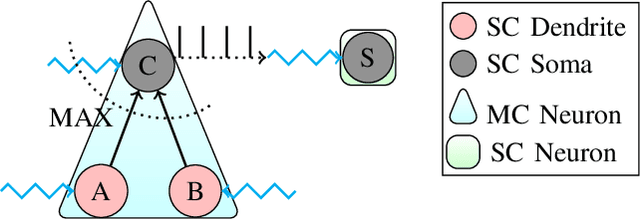
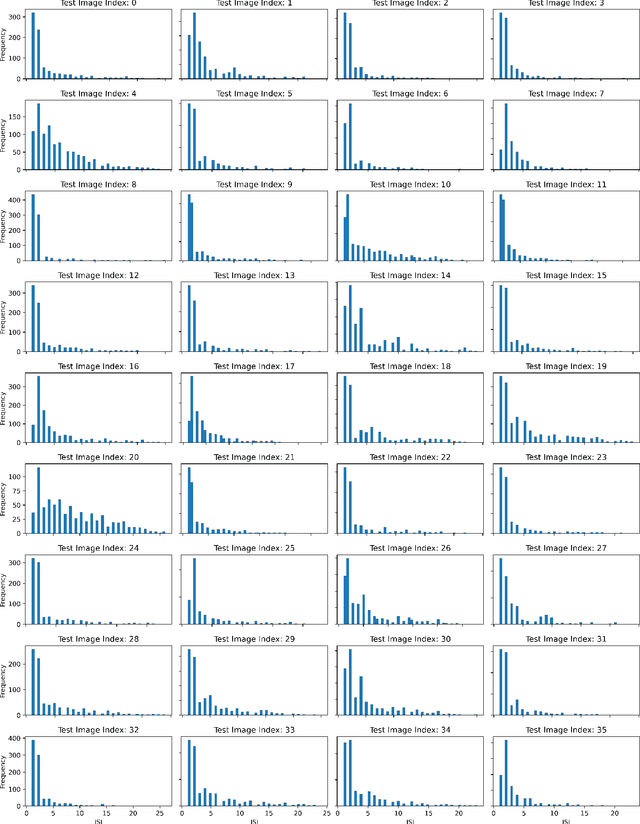
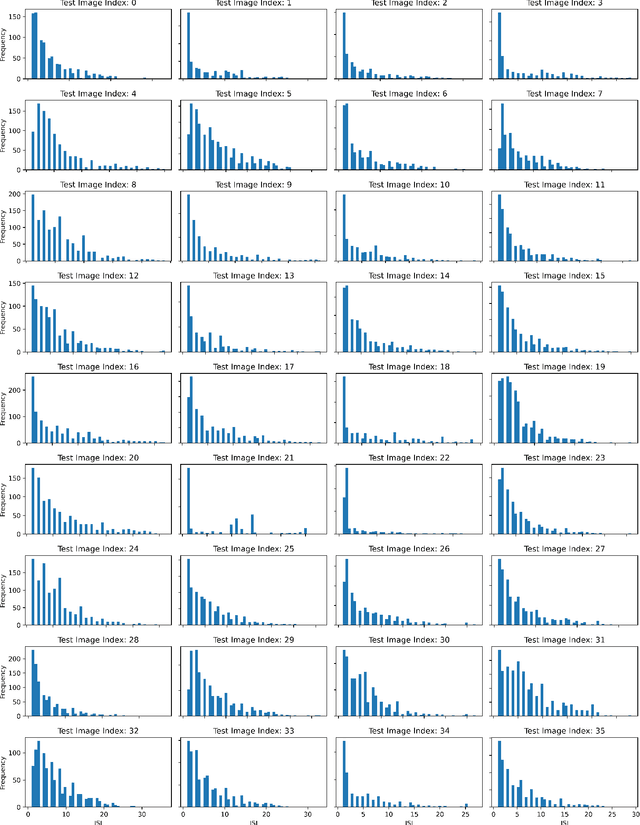
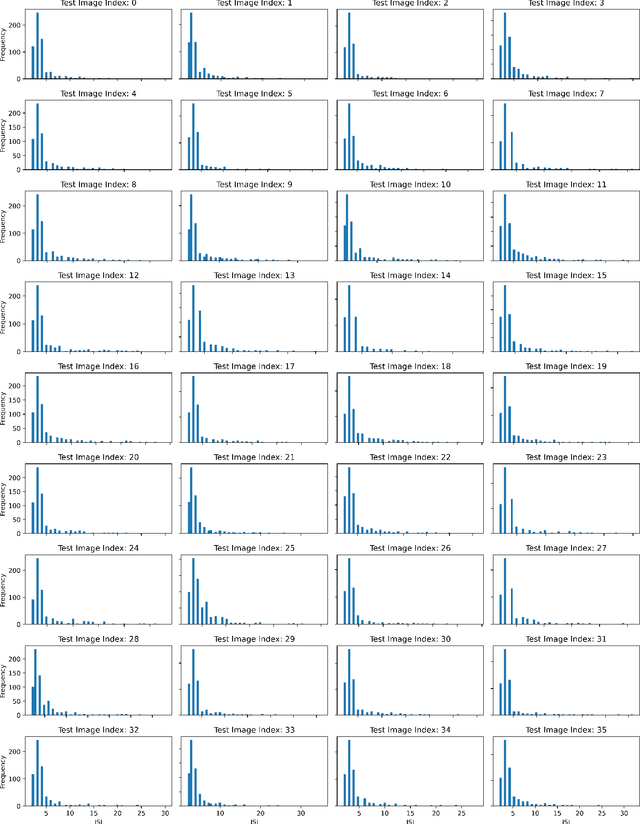
Abstract:Spiking Neural Networks (SNNs) are an emerging domain of biologically inspired neural networks that have shown promise for low-power AI. A number of methods exist for building deep SNNs, with Artificial Neural Network (ANN)-to-SNN conversion being highly successful. MaxPooling layers in Convolutional Neural Networks (CNNs) are an integral component to downsample the intermediate feature maps and introduce translational invariance, but the absence of their hardware-friendly spiking equivalents limits such CNNs' conversion to deep SNNs. In this paper, we present two hardware-friendly methods to implement Max-Pooling in deep SNNs, thus facilitating easy conversion of CNNs with MaxPooling layers to SNNs. In a first, we also execute SNNs with spiking-MaxPooling layers on Intel's Loihi neuromorphic hardware (with MNIST, FMNIST, & CIFAR10 dataset); thus, showing the feasibility of our approach.
A Train Status Assistant for Indian Railways
Sep 23, 2018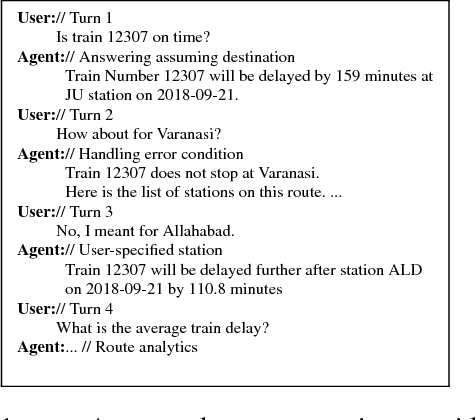
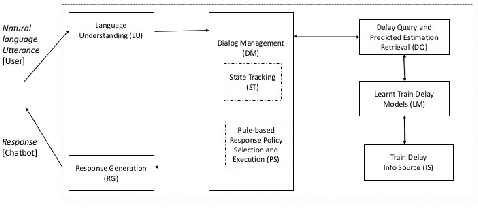
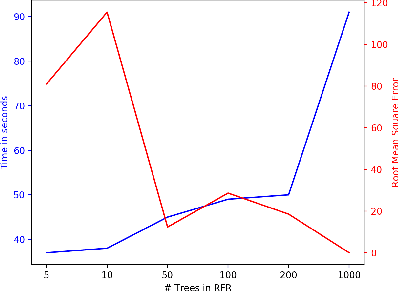
Abstract:Trains are part-and-parcel of every day lives in countries with large, diverse, multi-lingual population like India. Consequently, an assistant which can accurately predict and explain train delays will help people and businesses alike. We present a novel conversation agent which can engage with people about train status and inform them about its delay at in-line stations. It is trained on past delay data from a subset of trains and generalizes to others.
Estimating Train Delays in a Large Rail Network Using a Zero Shot Markov Model
Jun 07, 2018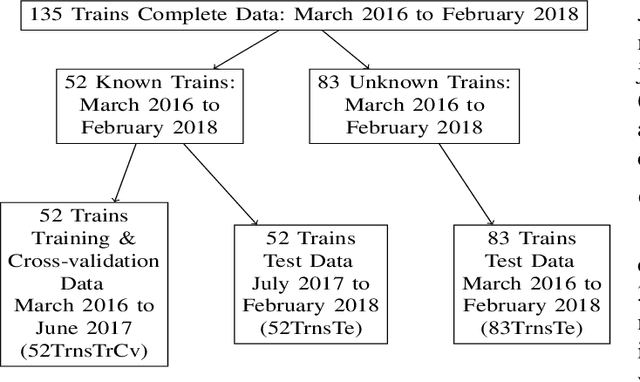

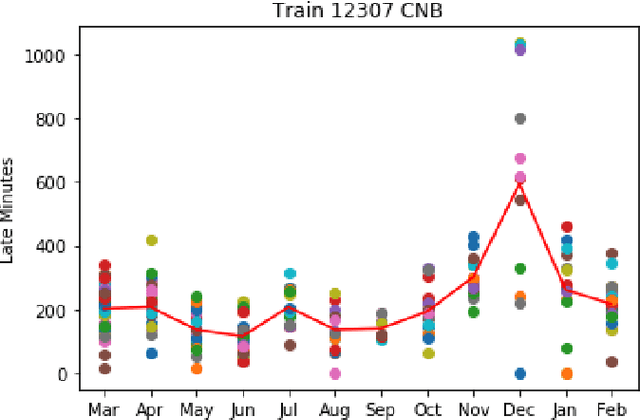
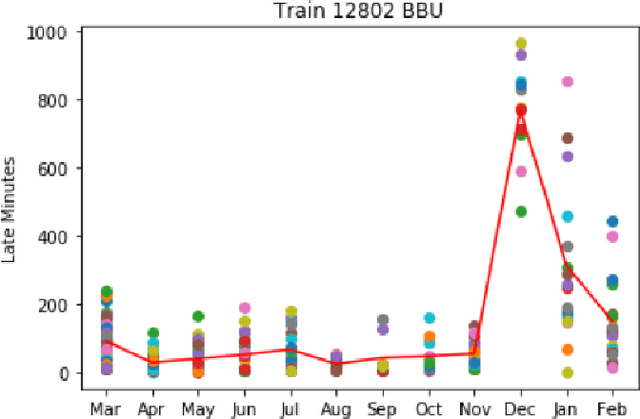
Abstract:India runs the fourth largest railway transport network size carrying over 8 billion passengers per year. However, the travel experience of passengers is frequently marked by delays, i.e., late arrival of trains at stations, causing inconvenience. In a first, we study the systemic delays in train arrivals using n-order Markov frameworks and experiment with two regression based models. Using train running-status data collected for two years, we report on an efficient algorithm for estimating delays at railway stations with near accurate results. This work can help railways to manage their resources, while also helping passengers and businesses served by them to efficiently plan their activities.
 Add to Chrome
Add to Chrome Add to Firefox
Add to Firefox Add to Edge
Add to Edge